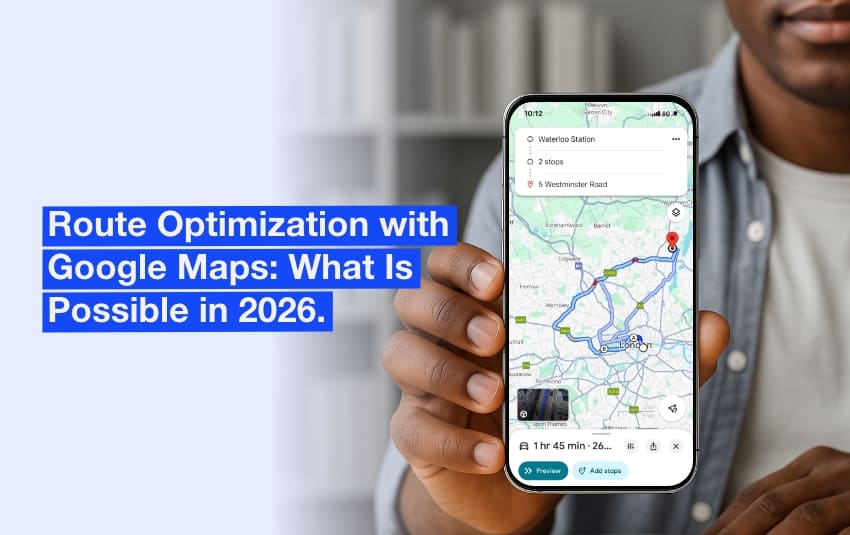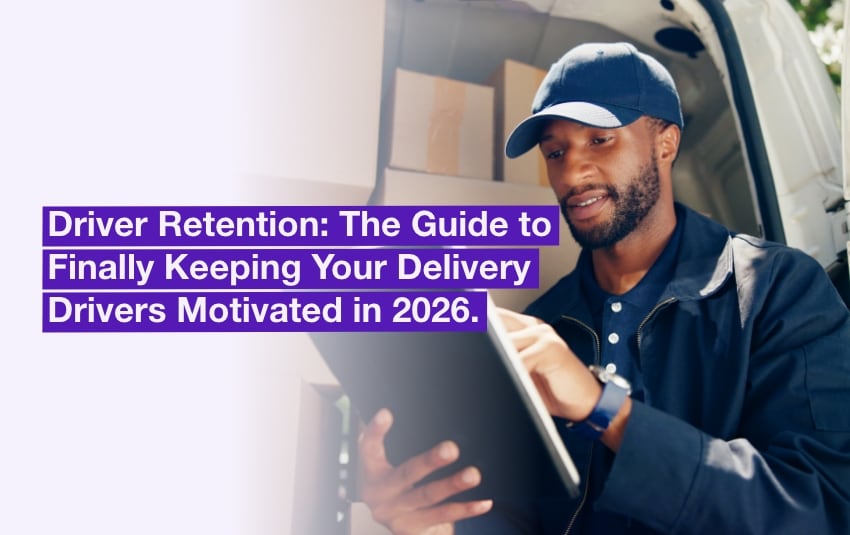Crowdshipping or Crowdsourced Delivery: Is it the Future of Last-Mile Logistics?

Imagine a world where your groceries, parcels or any other purchases are delivered directly to your door by people who are already on the road. This vision is now a reality thanks to crowdshipping or crowdsourced delivery!
Flexibility and quality are the watchwords of this new consumer-focused approach. Faced with growing demand for fast, efficient deliveries, how can we meet this need while reducing costs and environmental impact? Crowdshipping delivery is the ideal solution.
This innovative concept, which is winning over more and more people, could well redefine the future of logistics.
Table of contents:
- What is Crowdshipping or Crowdsourced Delivery?
- The Crowdshipping Methods
- The Benefits of Crowdshipping
- The Different Stages of Crowdshipping
Crowdshipping or crowdsourced delivery is a distribution model in which private couriers are approached by shippers to transport parcels. This method is based on the idea that private individuals who make personal journeys can take advantage of this to deliver parcels to others in return for payment.
What is Crowdshipping or Crowdsourced Delivery?
Definition
It’s simple! Crowdshipping, also known as crowdsourced delivery, uses online and mobile platforms to connect shippers with private couriers. This method allows users to optimise their daily journeys by delivering parcels for others, and thus earn extra income.
Difference from traditional delivery methods
Unlike traditional delivery services that use fleets of dedicated vehicles, collaborative delivery takes advantage of journeys already planned by private individuals. This approach offers a double benefit: significantly lower costs and a reduced carbon footprint.
Origin of the concept
Inspired by collaborative consumption and gig worker, this concept takes its inspiration from practices such as car-sharing and the sharing economy. Platforms such as Blablacar have paved the way by demonstrating that it is possible to share journeys efficiently and profitably.
The Crowdshipping Methods
There are many ways to participate in crowdshipping, each allowing individuals to share shipping costs and fees, making each shipment more cost-effective and friendly. A study by Capgemini Research, The Last-Mile Delivery Challenge, reveals that 64% of consumers do not attach any importance to the identity of the delivery person, whether they are shop employees, private individuals or couriers.
Deliveries by private individuals
- Parcel carpooling: similar to traditional carpooling, this method allows a private individual to transport a parcel for someone else or for a company, often in exchange for financial compensation. This service is generally provided on a route already planned by the individual, optimising last-mile delivery. This reduces the resources used and CO2 emissions. Platforms such as Peer and Shopopop are paving the way for this type of service. It’s a win-win solution for everyone: brands, delivery companies and customers!
- Linking platforms: Online platforms simplify the connection between shippers and travellers. Imagine: you’re planning a trip and you’ve got free space in your vehicle. Why not use this opportunity to transport parcels to your destination? You’ll not only be providing a service to someone, you’ll also be helping to create links within your community, all in a convenient and cost-effective way.
- Grouped deliveries: Save on your online purchases by teaming up with others to share the shipping costs. It’s a clever and user-friendly way to save money on your online purchases.
Corporate crowdsourced delivery
- Sharing logistics resources: Companies join forces to pool their resources, such as lorries and loading space. This cooperation optimises delivery routes, reducing unnecessary journeys and improving transport efficiency. The result: significant savings and a reduced environmental footprint.
Crowdshipping is redefining the standards of logistics by offering solutions that are at once eco-friendly, cost-effective and supportive.

Crowdshipping allows individuals to share shipping costs.
The Benefits of Crowdshipping
Since the emergence of crowdsourced delivery, many people are turning away from traditional delivery services such as DHL, FedEx and GLS. But why? Because it’s the perfect response to the increase in online shopping. Not only does it overcome traditional logistical problems, but it also offers numerous advantages for all parties involved. Here are just a few of them:
- Saving money: Crowdshipping is a real boon for reducing delivery costs. By using already planned routes, this ingenious system minimises expenditure on fuel and labour, offering significant savings for consumers and businesses too.
- An eco-responsible approach: By optimising existing routes, crowdshipping reduces the carbon footprint and helps to cut greenhouse gas emissions.
- Saving precious time: When one person is responsible for doing the shopping and delivering it to several customers, they save precious time. No more trips to the shop, going back and forth in the aisles, waiting at the checkout and the return journey. Everything is handled for you, so you can enjoy your free time without worry.
- Greater flexibility: Did you know that almost three quarters (73%) of consumers prefer to choose a delivery time slot that suits them rather than a fast delivery, but only 19% of businesses make this a priority? According to a study by Capgemini Research, crowdshipping is the perfect answer to this need for flexibility and speed, offering the best of both worlds in a single service!
- Making contacts : Over and above the economic and environmental benefits, crowdshipping creates community links. It creates additional income opportunities for individuals and strengthens the social network by enabling people to meet their neighbours. In fact, 55% of consumers say they are prepared to deliver products to people in their neighbourhood.

The stages of crowdshipping.
The Different Stages of Crowdshipping
- Define your needs and choose partners: Start by clearly defining your logistical requirements, such as the delivery zone, product types and quantities. Then find the right transport partners for your needs, using platforms that offer a full range of options.
- Plan and optimise routes: Use planning tools like AntsRoute to design efficient, environmentally-friendly routes. Maximise the use of loading space and reduce distances travelled for cost-effective deliveries.
- Set agreements and manage relationships: Build strong partnerships by establishing clear agreements and maintaining open communication. This helps to clearly define roles, costs and operational procedures.
- Continuous evaluation and improvement: Set up key performance indicators (KPIs) to evaluate the partnership, measuring its effectiveness, cost reduction and environmental impact. By analysing feedback and performance data, identifying strengths and weaknesses, you can pinpoint areas for improvement and adjust collaboration strategies accordingly.
- Integrate technological tools: Use IT platforms to facilitate instant information sharing, collaborative planning and real-time visibility of shipments.
Now you know the outlines of crowdshipping! Whether you’re the delivery person or the recipient, this concept offers many advantages for everyone.
Would you like to test our route management software? Good news! You can take advantage of a free, no-commitment 7-day trial! Just click here!
WRITTEN BY
Florine Martin
Florine has been a freelance web copywriter since 2021, writing for a variety of clients in a range of sectors. Since the beginning of 2024, she has been writing articles about logistics for our company, AntsRoute.
Free 7-day trial | No credit card required







